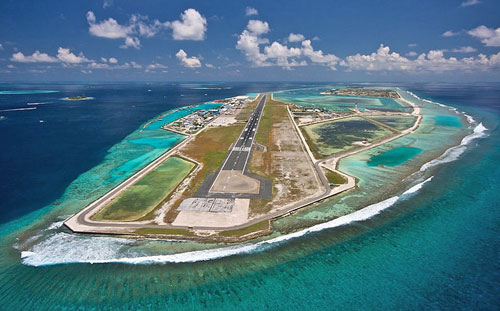Air transport industry groups and the International Civil Aviation Organization (ICAO) have agreed a framework for developing a binding mandate for aircraft tracking. At a two-day meeting that concluded on May 13 at ICAO’s Montreal headquarters, participants agreed to encourage voluntary expansion of flight monitoring by airlines ahead of an initial set of proposed new requirements being submitted to the United Nation’s aviation body by the end of September. The initiative came in direct response to the still-unexplained disappearance of Malaysian Airlines flight MH370 and the continued failure to find the aircraft more than two months after it disappeared.
The International Air Transport Association has agreed to lead a task force that will develop detailed proposals by the end of September. According to ICAO Council president Dr. Olumuyiwa Benard Aliu, the move is fully supported by leading aircraft manufacturers as well as by unions representing airline pilots and air traffic controllers. “The task force will identify solutions to verify the current position of an aircraft and we have assembled a group of 20 members to take a look at all the solutions provided by vendors and to evaluate which are the most viable in near, mid and long-term,†Kevin Hiatt, IATA’s senior vice president for safety and flight operations, told a press conference on Tuesday afternoon.
The task force will hold its first full meeting on June 10. Nancy Graham, director of ICAO’s Air Navigation Bureau, said that the group’s aim in the medium term is to develop a performance-based standard for tracking flights to allow for harmonized implementation across the whole air transport industry. “We will encourage those who can do it [flight tracking] now, to do it now,†she said.
































